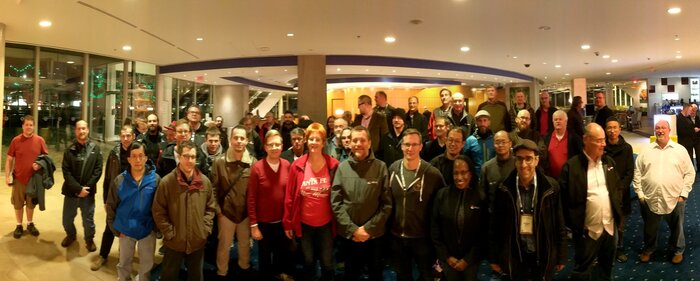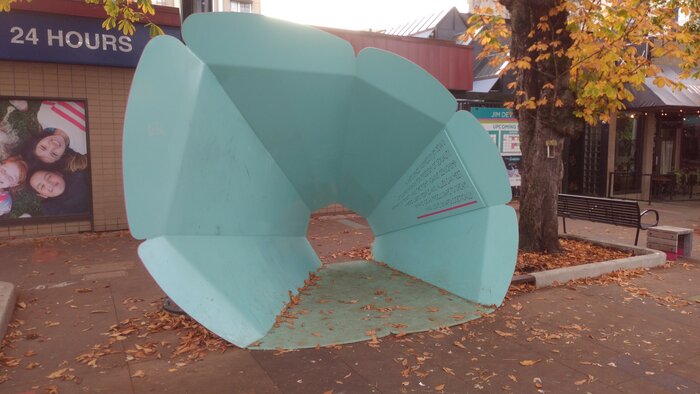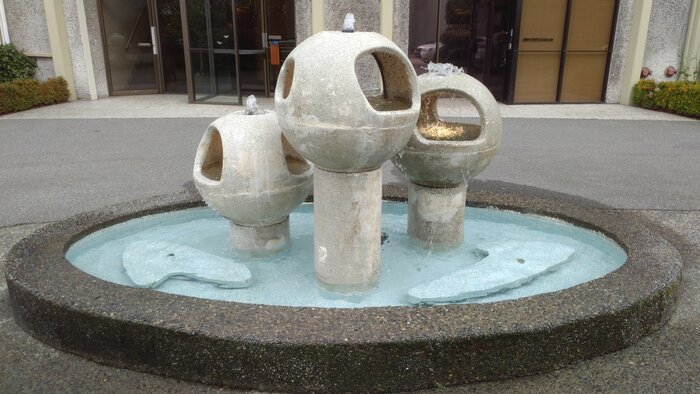My current server is few years old. And now runs plain Debian.
Beginning
I started using that server during my work at Canonical. So it got Ubuntu installed. According to OVH panel it was 13.04 release. Then 13.10, 14.04 and finally 16.04 landed. In pain. Took me two days to get it working again (mail issues).
At that time I decided that it will not get any Ubuntu update. The plan was to upgrade to proper Debian release. And Buster will get frozen soon…
One day I took a list of installed packages and started “ubuntu:xenial” container. Test shown will it be big work to do such upgrade. Turned out that not that much.
Today I saw a post saying that php 7.1 goes into “security fixes only” mode. And I had 7.0 in use… So decided that ok, this is the time.
Let’s go with upgrade
Logged in, added Debian repository, APT keys and started with installation of 4.19 kernel. And rebooted to it.
Machine started without issues so I started upgrade. Used aptitude as usual. There were 10-20 conflicts to solve and then package installation started.
Few file conflicts was on a way but APT handled most of them without issues. Two or free packages I had to take care by hand.
Next step was replacing remaining Ubuntu packages with Debian ones. Or removing them completely. Easy, smooth work.
Getting services running
After copying php-fpm config files from 7.0 to 7.3 release my blog went online.
Then some edits to Courier auth daemon config files (adding “marker”) and mails started flowing in both directions. But if you got mail that my mail account was not found on a server then send it again.
Finally reboot. To make sure that everything works. Fingers crossed, “reboot”. Came back online like always. No issues.
Why Debian?
Someone may ask why not Fedora or RHEL or CentOS? I work at Red Hat now, right?
Yes, I do. But Debian is operating system I know most. It’s tools etc. Also upgrade was possible to do online. Otherwise I would have to start with reinstalation.
Now I have only one machine running Ubuntu. My wife’s laptop. But it is “no way” zone. It works for her and we have an agreement that I do not touch it. Unless requested.


















